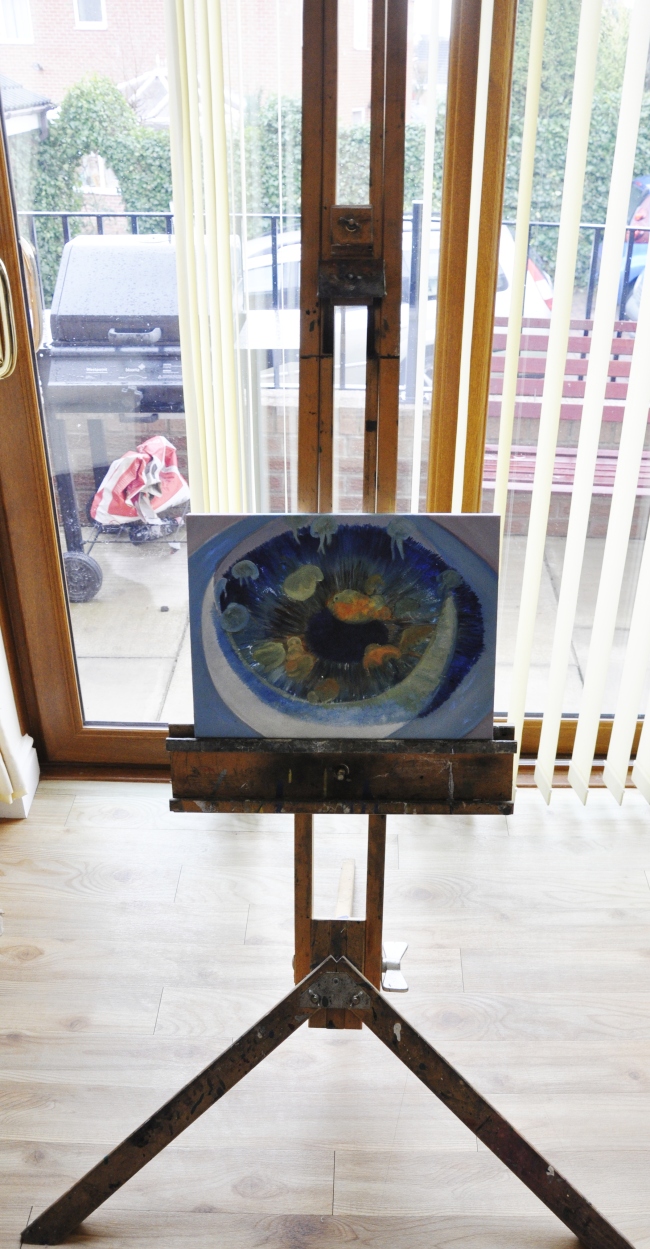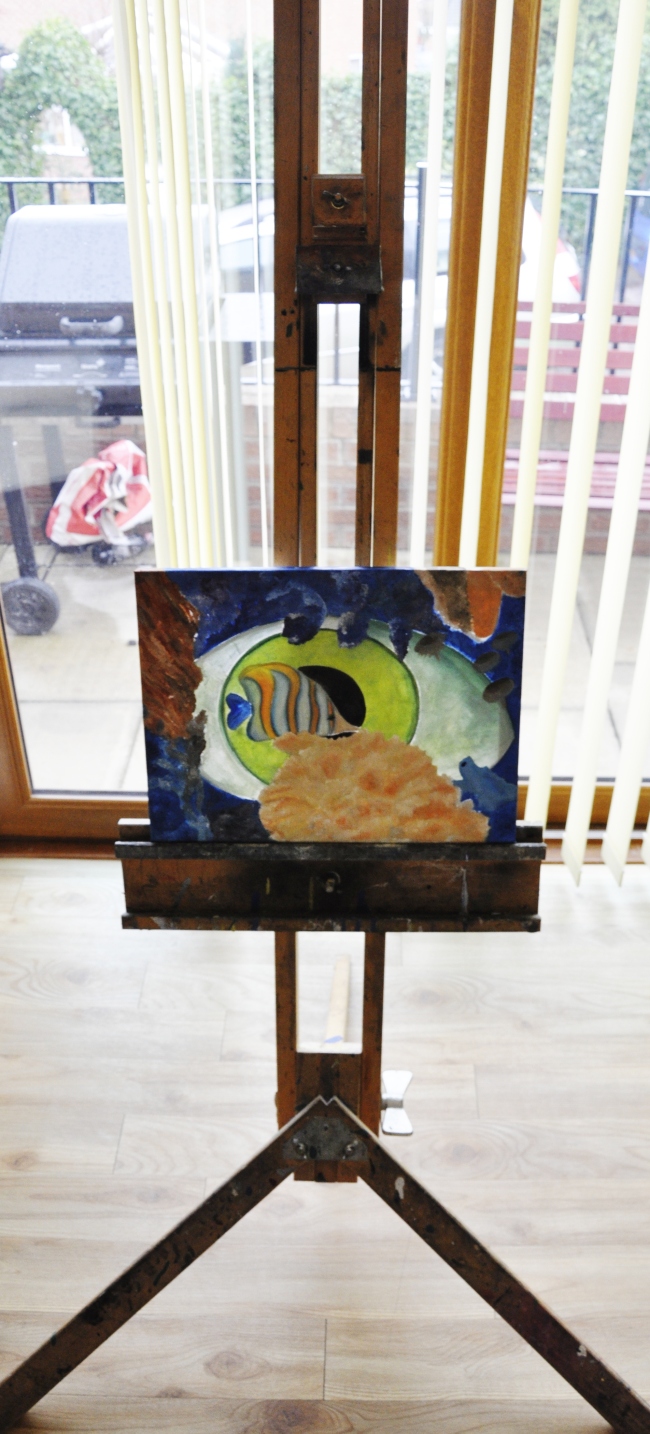This lecture focused on subjectivity via gender. Sarah Lucas was mentioned whose works involves gender, fabrics and semiotics. Lucas often uses objects to portray male and female genitals.”Beyond the Pleasure Principle” as detailed in one of my earlier posts is an example of these works. “Prier De Toucher” (Please Touch), 2000 which we were shown during this lecture is another example of her works. It is a 76cm x 50.5 cm colour coupler print which is exhibited in the Freud Museum in London. This piece strongly portrays the feminist movement.

The original version of ” Priere De Toucher” 1947 by Marcel Duchamp was a foam – rubber breast and black velvet on board (25.4 x 22.9 cm)

The works of Sigmund Frued were also included in the lecture, who states that culture has a heavy influence on who we are, a more open culture will create more open minded people; whereas if a person is brought up believing only one way of living is right they will naturally become stubborn and unhappy.
Semiotics involves the study of signification but signification cannot be isolated from the human subject who uses it and is defined by means of it, or from the cultural system which generates it.
“The Interpretation of Dreams” is a book by Sigmund Frued which introduces Frued’s theory of the unconscious with respect to dream interpretation which links with surrealism. Without Frued, we would not have any theory of the unconsious. His first theory states that we are only partly conscious about what we do.
Frued’s written work is easy to read, particularly his early work and short stories.
During the lecture, French Philosopher, Michel Foucault’s (1926- 1984) works ‘The History of Sexuality’ (Volume 1) was discussed, whereby Foucault explores the idea that Western Society suppressed sexuality from the 17th to mid 20th century. In ‘The History of Sexuality’ he argues that in the Western world during the 18th and 19th centuries, people’s identities became increasingly tied to their sexuality.
‘The Subject of Semiotics’, 1984 by Kaja Silverman is a book which negotiates between theories of signification and subjectivity. Silverman’s subject of semiotics is an introductionary work to post- structuralist approaching to semiotics whereby she displays extensive knowledge of Fruedian psychoanalysis.
‘The Song of Love’, 1914 by Georgio De Chirico, one of his most famous work was mentionned, being an early example of the surrealist style, yet it was painted ten years before the movement was founded. I particularly like the works of Chirico of which I became familiar with during a college residential in Paris during my foundation year.
I found this lecture very informative and enjoyed looking at some of the artist’s works.











